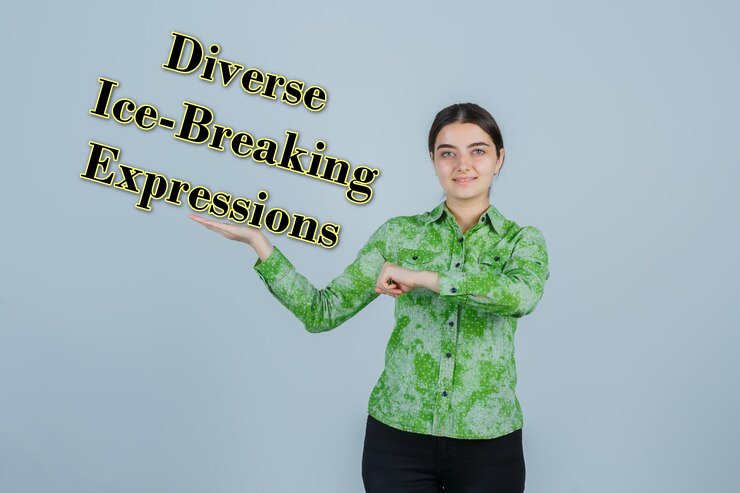Embracing the Spectrum: Enhancing Understanding of Autism

Autism, also known as Autism Spectrum Disorder (ASD), is a complex developmental disorder that affects individuals across the globe. With increasing awareness and research, our understanding of autism has evolved, highlighting the importance of acceptance, support, and embracing the unique strengths and challenges that come with this condition. In this article, we delve into the multifaceted nature of autism, exploring its core characteristics, early signs, available support, and the concept of neurodiversity.
Autism is a spectrum disorder, encompassing a wide range of symptoms, abilities, and experiences. Each person with autism is unique, and their journey through life is shaped by their individual traits and circumstances. At its core, autism is characterized by difficulties in social interaction, challenges with communication (both verbal and nonverbal), and repetitive behaviors or interests. However, the expression and severity of these characteristics can vary significantly from person to person.
Recognizing the early signs of autism is crucial for early intervention and support. Parents and caregivers may notice delayed language development, atypical social interactions (such as limited eye contact or difficulty with social cues), repetitive movements (like hand flapping or rocking), intense fixation on specific objects or topics, and resistance to changes in routines. Identifying these signs early on can pave the way for timely interventions and improved outcomes for individuals with autism.
While there is no cure for autism, appropriate support and intervention can make a significant difference in the lives of those affected. Early intervention services focus on addressing the unique needs of each individual, providing behavioral interventions, speech and language therapy, occupational therapy, and social skills training. These interventions aim to enhance communication, social interaction, and adaptive skills, empowering individuals with autism to navigate daily life more effectively.
An essential aspect of understanding autism is embracing the concept of neurodiversity. The neurodiversity paradigm recognizes autism as a natural variation of the human brain, promoting acceptance and respect for the diverse ways individuals think, learn, and experience the world. Instead of seeking to “normalize” autistic individuals, the focus shifts towards creating inclusive environments that value and accommodate their unique strengths and challenges. Embracing neurodiversity fosters a society that appreciates the contributions of all individuals, regardless of their neurodevelopmental differences.
As our understanding of autism continues to grow, so does the need for increased awareness and acceptance. Education plays a vital role in dispelling misconceptions and reducing stigma surrounding autism. By promoting inclusive practices in schools, workplaces, and communities, we can create environments that support the well-being and success of individuals on the autism spectrum. Sensitizing people to the challenges faced by those with autism can lead to more empathy, compassion, and meaningful inclusion.
In conclusion, understanding autism goes beyond recognizing its core characteristics and diagnostic criteria. It requires acknowledging the diverse experiences and strengths of individuals on the spectrum, providing timely support and intervention, and fostering a society that embraces neurodiversity. By building an inclusive world that accepts and accommodates the unique traits of those with autism, we can create a more compassionate and understanding society. Let us work together to enhance understanding, promote acceptance, and empower individuals with autism to thrive in a world that celebrates their unique abilities.
**Image by user18526052 on Freepik




















